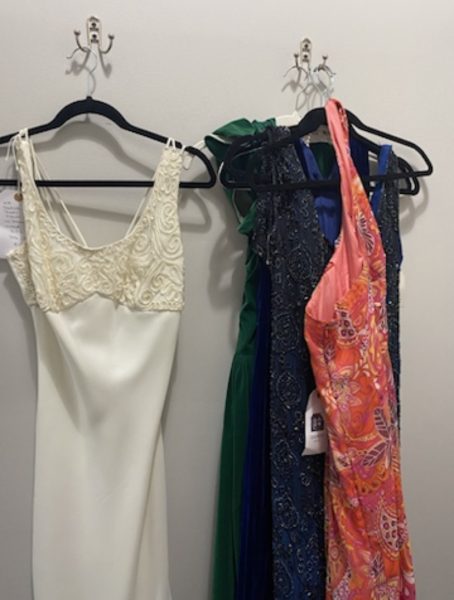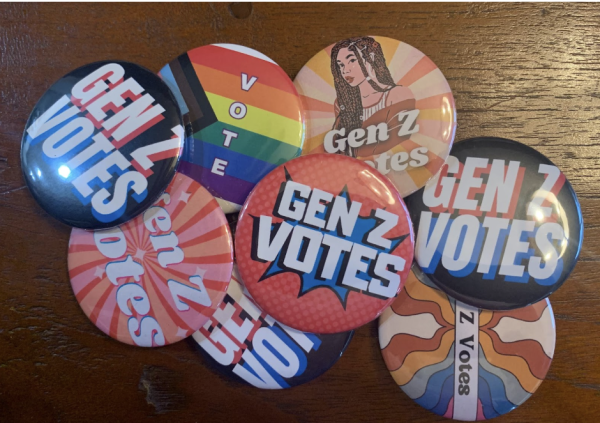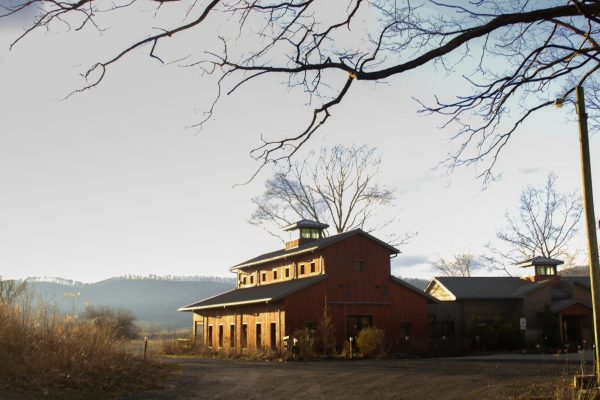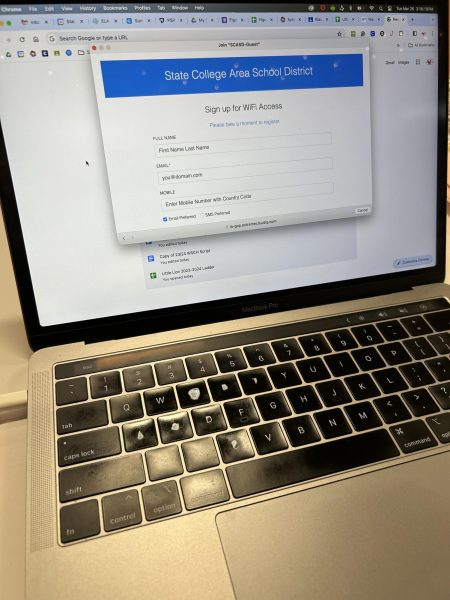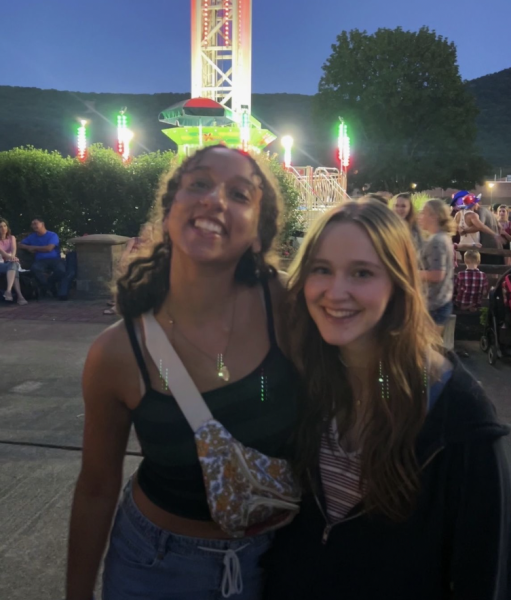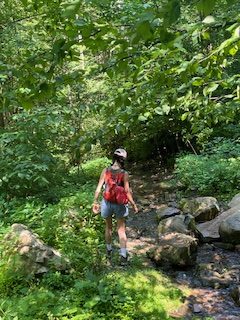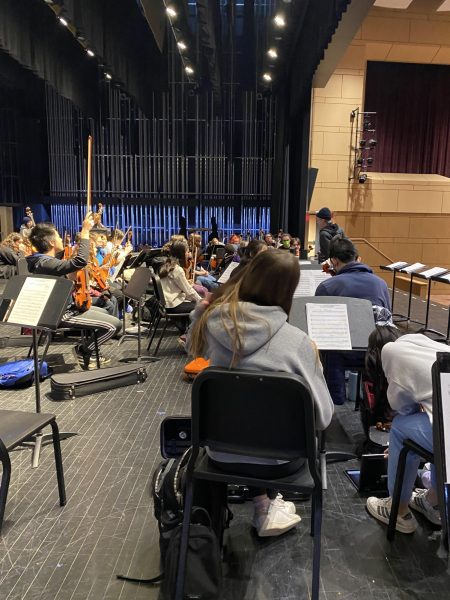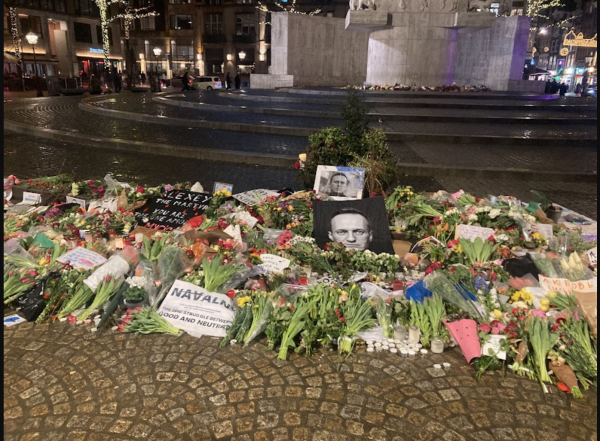District Diversity? Or Lack Thereof…
May 1, 2021
Editor’s Note: The following piece was written last year by a former State High student for a canceled issue of Lions’ Digest and may not reflect current situations or beliefs.
There are so many thoughts and questions that race through the mind of the average high school student. At the forefront would have to be, of course, concerns about one’s academics, and the anxiety of making sure enough information has been absorbed, retained, or crammed—whichever is most convenient—for the upcoming test. Coming in at a close second is the ever-present head of social drama and friendships that never fails to pervade the life of every teenager. Then, of course, we have the extracurriculars, family, and the oh-so-precious-but-still-too-little leisure time. As 9th-12th graders, our lives are choked full with matters that demand our closest attention. A lot of us hardly even notice the faces around us and the people we come into close contact with every single day. And that’s the keyword, to notice, and not just see.
So who are these people we are supposed to “notice” every day? In fact, rather than focus on the sole individual, how about we take a step back and look at our school’s overwhelming majority in the bigger picture. If one were to take a sweeping glance over the array of State High students, it wouldn’t take long to find a common racial denominator with the majority of the mass. Rather than attempt to observe every single face you come across in the school, with the help of the universal confidante, Google, this inquiry about ethnic diversity in our community can be met.
State College’s demographics report Caucasian representation to be at 79%, ~11% Asian, ~4% Hispanic/Latinx, and ~4% Black/African American. These statistics are barely in close concurrence with the racial makeup of the United States as a whole. As our lovely Happy Valley is located in rural Central Pennsylvania, there is a smaller percentage of minorities in this area in comparison with the rest of America. Hence the christening of State College as a “whiter” area would not fall short of actual validity.
So what does this mean? So what if our school and area aren’t nearly as diverse as other places? Does it matter all that much? Well, most teachers would be inclined to say yes. Patrick Kelly, an educator from South Carolina relays that the value of diversity is seen in the promotion of student growth and reflection. He notes that, “by talking and listening to people different than ourselves, we learn and enlarge our understanding.” An international population is essential too, as it is not just racial, but cultural inclusion that brings more global awareness and insight to students. A diverse community is representative of the broader world that goes beyond the borders of the 50 states. That’s why many should find it alarming when made aware of the fact that Pennsylvania has 6 of the 50 most segregated community borders in the country. In fact, not only is it alarming, it’s harmful.
Yet it doesn’t stop there. Unfortunately, our state was ranked the 47th worst for opportunities for students of color by West Chester University. This would translate to a wide opportunity gap between white and Black/Hispanic students. Oftentimes this gap coincides with students living in poverty, who are often minorities. Caucasian, middle-class students are receiving a better education than those living in a non-white impoverished district just miles away.
In addition, a very recent study done by The American Psychological Association reveals that Black students are 54% less likely to get recommended for gifted programs than their white peers. It should be noted that this is no reflection on the intelligence of these students, but rather an observation of the resources, or lack thereof, provided to them. Similar trends are also spotted in the educational experience of Hispanic K-12 students.
This issue has been very promptly called out by advocacy groups, who identify the disparity in student’s education as another example of institutional racism. After the abolition of slavery in 1865, Northern states like Pennsylvania were seen as a safe haven for runaway and newly-freed slaves, with the mass migration creating many impoverished Black communities. Over the years these areas have been maintained in their stagnant state due to institutional bias and racism that turned a blind eye to the plight of African Americans and other minorities in this country. The way that children in these communities are being educated is evidence of the government, still yet, looking the other way.
When asked about the biggest weakness State High has when it came to inclusivity, students coming from minority and marginalized groups were quick to lay out the main issues they have seen.
Dayo Olorunnisola, a junior at State High expresses, “The biggest downfall is they don’t seem to have a diverse group of people managing inclusivity.” She then went on to state, “You need diverse student voices, you need to seek them out and get a real picture of what’s going on in the school.” Well said. Oftentimes when thinking about school diversity, we fail to mention staff and faculty, whose demographic makeup should be taken just as seriously as the students’.
Sophomore Michelle Zhang also weighed in on the situation, relaying that problems the school doesn’t address are, “…allowing students to make fun of and joke about inclusion efforts, not having harsher punishments for racist/sexist/homophobic behavior, allowing casual racism and homophobia to pass by.” Hopefully, the input of more students giving their opinions and feelings towards any issues they see within our school will provide more insight to anyone interested in what can be done.
Now the question must be asked, is this something that needs to be addressed at State College Area High School? Does our district need to take more proactive steps towards creating a more inclusive and comfortable environment for the already slim population of internationals and the racial minority? Perhaps some action has already been taken? What I hope should be the answer to all of these questions is, of course, yes. Though sparsely diverse, State High cannot allow this one weakness of ours to negatively impact the opportunities that certain students have, and their overall experience and feelings of acceptance at school. We as a community can and should remain certain that the task of ensuring the acknowledgment and acceptance of the minority will prove to be for the benefit of the majority.

